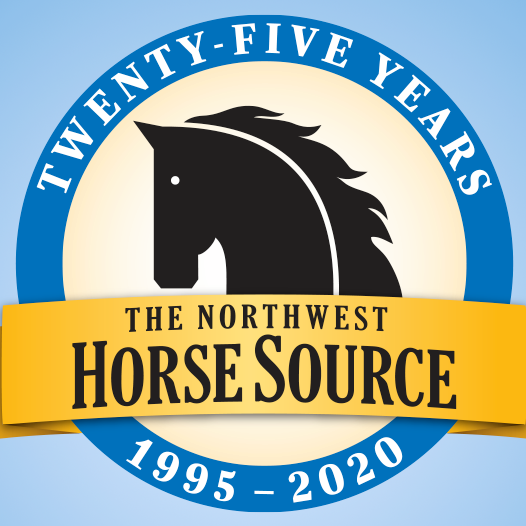 As the growing season winds down in autumn, horse owners in many climates must provide horses with an appropriate alternative forage to fulfill fiber requirements. In most cases, this involves the use of hay, though other products such as haylage or hay cubes are appropriate and sometimes fed.
As the growing season winds down in autumn, horse owners in many climates must provide horses with an appropriate alternative forage to fulfill fiber requirements. In most cases, this involves the use of hay, though other products such as haylage or hay cubes are appropriate and sometimes fed.
The question that looms large for most owners is when to offer alternative forage. The pasture reveals a couple of important clues, namely growth rate and plant health.
Owners will know when pasture growth slows as there will be less need for routine mowing and maintenance. Depending on stocking rate—that is, the number of horses on any given acreage—pasture might withstand a slowdown in growth rate and continued grazing, so long as more land is allotted per horse. A large, seven-acre paddock that comfortably sustained five horses in peak growing season might support three as pasture growth declines.
Observation of grazing behavior might be a tipoff, too. If horses spend more time grazing, they are likely finding less to eat. In periods of lush growth, horses may rest more often, as it is easier for them to satisfy their appetites and their need to graze.
Plant health is a more obvious indicator. As autumn segues into winter, pasture grasses often turn brown and unpalatable, at which time growth is almost assuredly arrested. Horses will snack on these remnants, but more nutritious forage should be offered.
Owners ought to offer hay as soon as they feel horses are not consuming sufficient pasture to meet daily forage requirement, which is about 1.5-2% of body weight daily. For a 15.2-hand, 1,100-lb horse, that would be 16.5-22 lbs. of hay each day. Keep in mind, though, that this amount will likely satisfy the horse’s complete forage requirement.
If the horse is still nibbling away at pasture much of the day, it might need only a portion of this. If the horse leaves hay in favor of pasture, then too much hay is probably being fed at the time. Requirements can be gauged through consumption.
One vitamin that is particularly deficient in diets composed of preserved forages such as hay is vitamin E, an important antioxidant in the horse’s immune arsenal. The most effective source of supplemental vitamin E is d-alpha-tocopherol or natural vitamin E. Nano•E is a natural-source vitamin E supplement that possesses a unique delivery action, nanodispersion, which allows the vitamin to hit target tissues more quickly than other vitamin E supplements. Nano•E is available worldwide.
Kentucky Equine Research (KER) is an international equine nutrition, research and consultation company serving both the horse producer and the feed industry. Its goal is to advance the industry’s knowledge of equine nutrition and exercise physiology and apply this knowledge to produce healthier, more athletic horses. For more information, see www.ker.com or call 888-873-1988.

News from the horse industry. Sharing today’s information as it happens. The Northwest Horse Source is not responsible for the content of 3rd party submissions.








